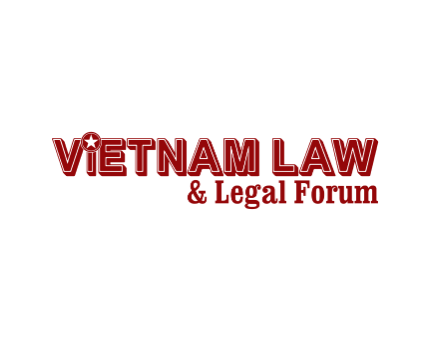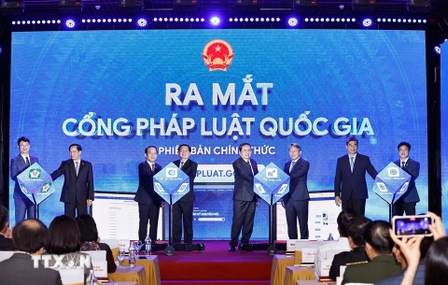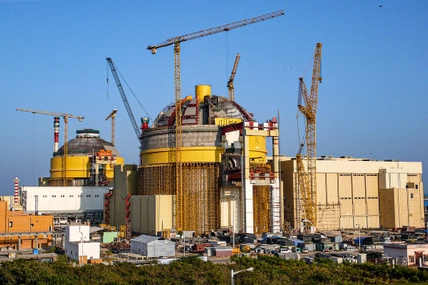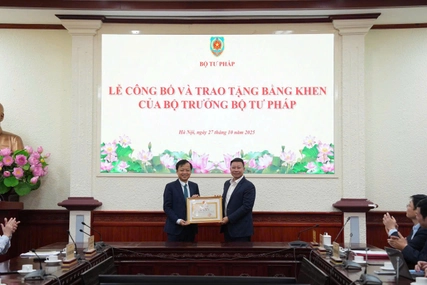The 2024 Law on the Capital aims to complete a legal foundation with peculiar, prominent mechanisms for building and developing the Capital as a political, administrative, economic and cultural center.
The 2024 Law on the Capital (the Law) aims to complete a legal foundation with peculiar, prominent mechanisms for building and developing the Capital as a political, administrative, economic and cultural center. This is hoped to turn Hanoi into a smart, modern, green, clean, beautiful and safe city on the basis of fast and sustainable development with spillover effects to push the co-development of the Red River delta, the northern key economic region and the whole country.
Consisting of 54 articles arranged into seven chapters, an addition of three chapters and 27 articles compared to the 2012 Law of this kind, the Law defines the position and role of the Capital, as well as policies and responsibilities for the construction, development, management and protection of the Capital.
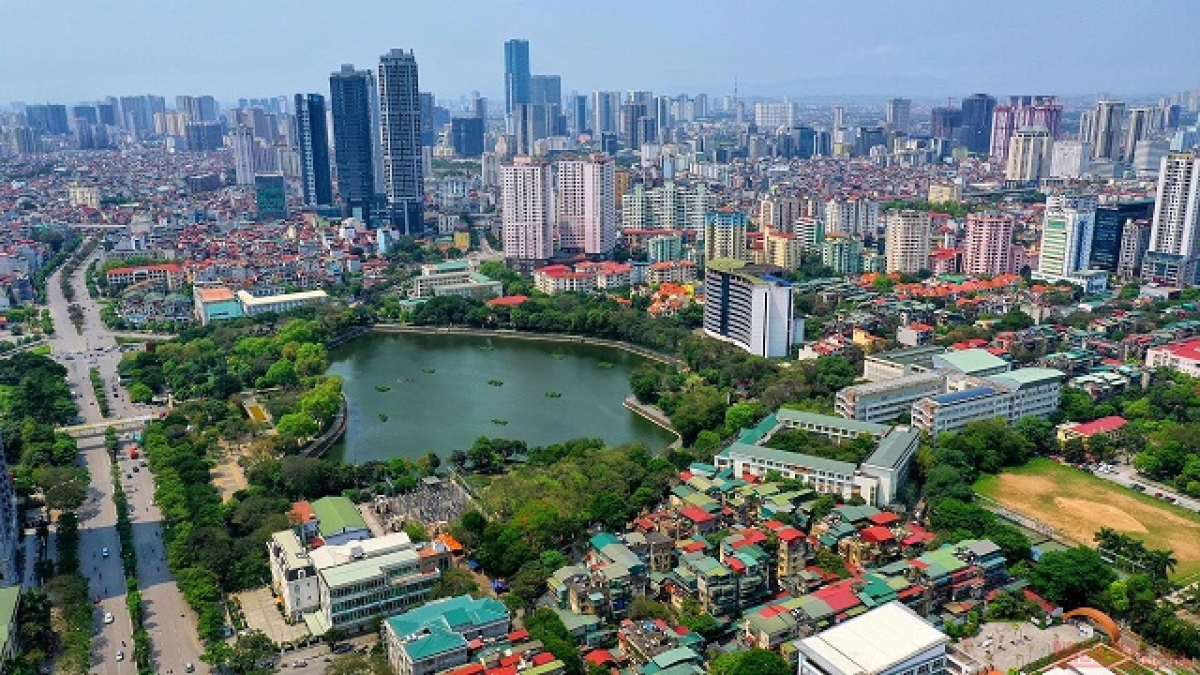
Urban administration organization of the Capital
The Law says that the administration levels of Hanoi city, and its rural districts, urban districts, towns and cities, and communes and townships include People’s Councils and People’s Committees, while the administration level at wards is People’s Committees of wards. There will no longer be People’s Councils of wards in the Capital.
Noticeably, the Law allows decentralization of powers to the Capital, which is expected to help the city’s administration enhance the autonomy in terms of its apparatus and payroll so as to assume the responsibilities of the Capital.
As stated in the Law, the city may elect 125 deputies to the municipal People’s Council, of which the number of full-time deputies must account for at least a quarter of the total deputies.
To ensure timely management of the Capital’s urgent affairs, the Law provides that during the municipal People’s Council’s recess, its Standing Board may decide on certain matters and later report such at the Council’s nearest session.
Investment attraction mechanisms
In order to attract investment and accelerate the progress of investment projects in the Capital, the Law offers particular mechanisms.
Regarding investment competence, the Law empowers the municipal People’s Council to decide on investment policy for projects using the city’s budgets regardless of investment capital amount. Meanwhile, the municipal People’s Committee is authorized by the Prime Minister to approve investment policy for a number of projects as mentioned in Article 37 of the Law.
Additionally, the Law permits separation of compensation, support, resettlement and ground clearance contents from a public investment project into an independent project, for group-B and group-C projects.
To mobilize social resources for the construction and upgrading of cultural and sports works in the Capital, the Law also lets investment in the form of public-private partnership to projects in the fields of culture and sports. It states that the minimum investment capital of projects in the form of public-private partnership in the fields of culture and sports must comply with the law on investment in the form of public-private partnership in the fields of health and education.
Under the Law, build-transfer contracts with payment in land or cash will be allowed to be performed for investment projects on transportation, water drainage and wastewater treatment, environmental pollution treatment; and hydraulic-work technical infrastructure.
Furthermore, the capital city is permitted to practice the management, operation and exploitation of public assets in the form of franchise for the State-invested cultural and sports infrastructure facilities in order to improve the use efficiency and avoid waste of public assets.
The Law lists in Article 42.1 the sectors in which it is prioritized to attract strategic investors, including manufacturing and production of semiconductor integrated circuits, manufacturing of integrated circuits and printed electronics components and microchips, semiconductor chips, new battery technology, new materials, clean energy; development of innovation centers, research and development centers, etc. It also sets out conditions for strategic investors in Article 42.2.
As per investment incentives, the Law offers priority projects with land rental, water surface rental and corporate income tax exemption or reduction. For strategic investors, to avoid conflicts with the global minimum tax, the Law does not provide tax incentives but grants incentives on land rental exemption or reduction; preferential treatment in customs and tax procedures; support for development of human resources and infrastructure; and support for hi-tech products, research and development, and other incentives as prescribed by the municipal People’s Council.

Noteworthily, the Law permits investment in urban railway development in Hanoi, prioritizing the Transit-Oriented Development (TOD) model to ensure modernity, compatibility and sustainability. Within the areas where the TOD model is applied, the city may collect and use all of certain revenues for reinvestment in urban railways, public transport systems, and technical infrastructure connected to the mass transit network.
The Law will take effect on January 1 next year, with some provisions coming into force six months later.
By: VLLF

